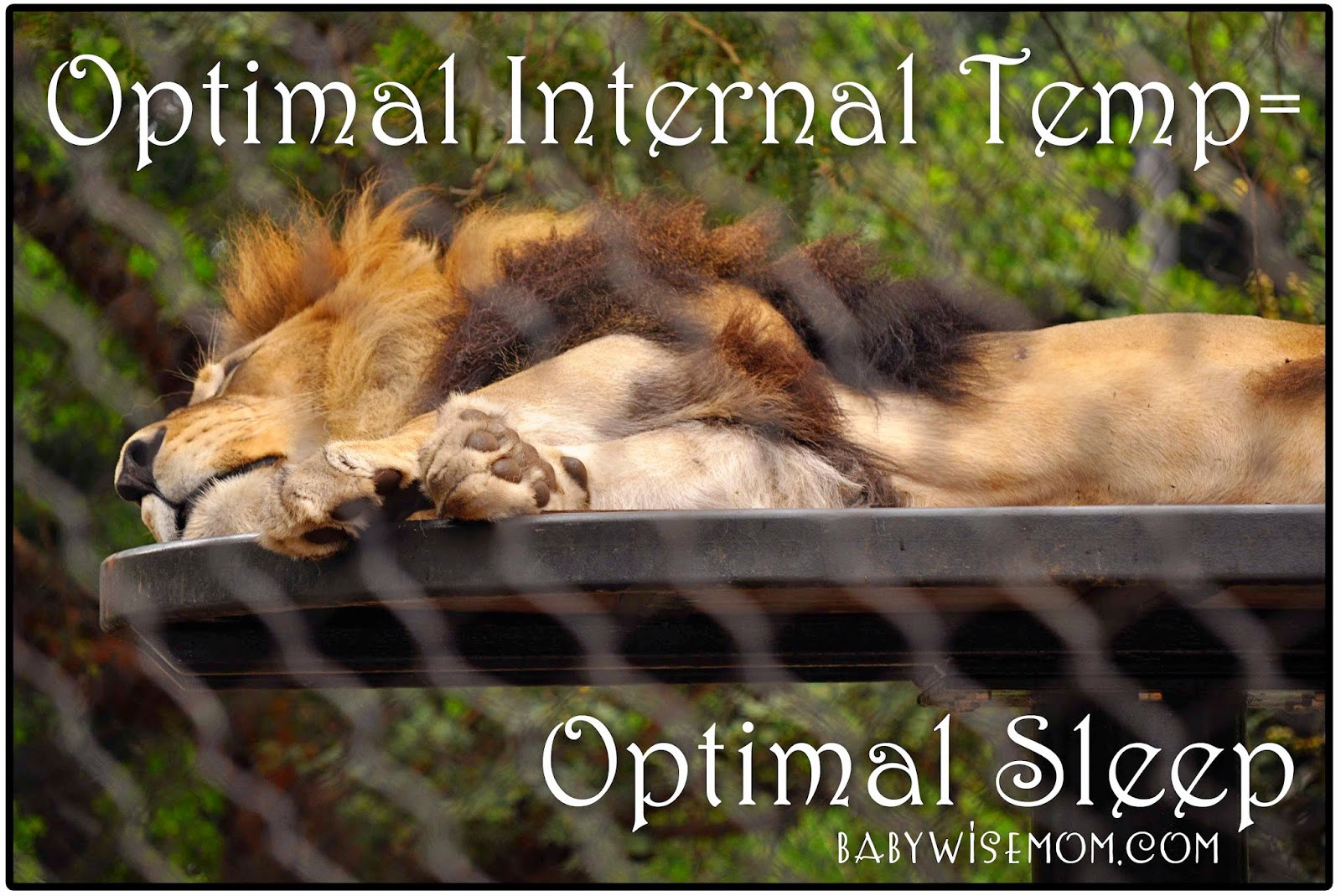
To sleep “like a baby,” your child needs to have her internal temp at the optimal for her temperature. How your child is dressed at night will have a strong impact on how well your child sleeps at night. If your child is too cold, your child will wake up frequently. If your child is too hot, your child will wake up frequently. Just like Goldilocks with her three bears, there is a “just right.” Being too hot or cold can lead to not only poor sleep, but nightmares and night terrors. Your goal as a parent is to find what is just right for each of your children.
Some children like to be warmer than others, just like some adults like to be warmer than others when sleeping. Your child’s preferences for how to be dressed for sleep at night can change with the seasons, age, weight, and probably the wind. Here are some key things to pay attention to:
- Socks: In general, when the weather is colder outside, your child will sleep better with socks on the feet. However, some people just hate sleeping with socks on. I have a sock-hating child. This child hated socks even as a newborn. I got lots of passive-aggressive comments from the older people in her life about her lack of socks (even though it was 80 plus degrees outside). If your child likes to sleep without socks, hold strong and true and ignore the back-seat parenters.In warmer weather, your child may or may not need to sleep with socks. I love to sleep with socks, but I have a couple of months a year (the hottest ones) where I need to go no socks.
- Sleeve Length: In cooler weather, long sleeves is usually a good idea. In cooler weather, short sleeves is a good idea. If your child does not sleep with blankets, or kicks blankets off, long sleeves might be best even in warmer weather.
- Pants Length: I am sure you are seeing a trend already. In cooler weather, longer pants. In cooler weather, shorts are great. If your child sleeps with a blanket, shorts might be okay even in cooler weather. If your child does not sleep with a blanket or kicks it off, long pants might be best even in summer.
- Layers: Your child might need to sleep with layers. In colder weather, I find babies need to sleep in layers unless the room is very warm. My babies sleep with socks, a onesie, and footed pajamas or a sleep sack.
I find the main keys to a warm enough child are:
- Warm feet.
- Warm arms.
- Warm “trunk”–this is your child’s belly.
There are other considerations for warmth at night:
- Blanket Use: Figure if and how many blankets to use for your child. For babies, I don’t use blankets. They squirm around too much for the blanket to stay on. That is why I go for the layers as I described above. Sometime as a 2-3 year old, children usually can sleep most if not all of the night with a blanket on if needed.
- Number of Blankets: Use your common sense here. If the room is warm, a light blanket or even just a flat sheet might be enough. If the room is cool, your child will need warmer blankets. Our children add blankets to the bed in the winter and remove those extras at some point in the spring.
- Location of Bedroom: Different rooms in the house are warmer than others. Basement rooms are cooler than second story rooms. Rooms in older homes are usually closer to the outside temperature, especially rooms that are close to the roof. Rooms that are on the West side of the house are warmer at sunset than rooms on the East side, which are warmer in the mornings.
- Temperature of Room: The temperature of the room at night impacts how well you sleep. Sleep experts typically range the “ideal” from about 65-75 degrees. Some take it down to 60-70 degrees. You can use fans to cool things off. You can open windows to cool things off until your child goes to sleep. You can use blinds or curtains to block the sun from making the room too hot. You can use a space heater to warm the room up before your child goes to bed. You can keep your home thermostat set at the ideal for your child. You can open or close heater vents as needed. My children sleep with doors closed for a variety of reasons (including fire safety and sound barrier). One benefit is that the temperature of the room seems to stay more constant. Closets are often cold, so if it is colder in your child’s room, keep the closet door shut.
All of these things can be applied to you and your spouse, also. These things impact sleep of everyone. It is definitely worth taking note of these things in your child and yourself for optimal sleep for everyone.
See Also:
-
Post Contents
Dressing Baby for Sleeping
-
Can it be too hot to sleep?
-
Some Like it Hot (Sleep, that is)
-
Merino Sleep Sack Review
-
Regulatory Sleep Systems
